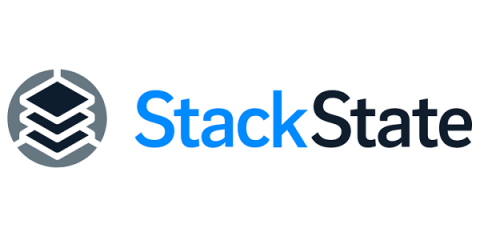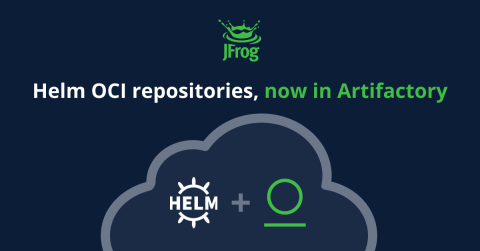Operations | Monitoring | ITSM | DevOps | Cloud
Containers
The latest News and Information on Containers, Kubernetes, Docker and related technologies.
Multi-Cluster Observability Part 3: Practical Tips for Operational Success
This is the final article of a three-part series. To start at the beginning, read Part 1: Benefiting from multi-cluster setups requires familiarity with common variations and Part 2: Exploring the facets of a multi-cluster observability strategy. As companies scale software production, they lean on Kubernetes as a crucial container orchestration platform for managing, deploying and ensuring software availability.
Sematext Kubernetes Monitoring Demo
The case for Kubernetes resource limits: predictability vs. efficiency
This blog post by Grafana Labs Senior Software Engineer Milan Plžík was originally published on the Kubernetes.io blog on Nov. 16, 2023. There’s been quite a lot of posts suggesting that not using Kubernetes resource limits might be a fairly useful thing (for example, For the Love of God, Stop Using CPU Limits on Kubernetes or Kubernetes: Make your services faster by removing CPU limits ).
Leveling up your Grafana Skills with Syed Usman Ahmad - Navigate Europe 23
Helm OCI support in JFrog Artifactory
Powering Forecasting with Machine Learning: The Future of Managing Cloud Costs
As cloud computing continues to grow in popularity, so does the need for accurate cloud cost forecasting. With cloud costs being variable and unpredictable, it can be difficult to know how much you’re going to spend each month, a problem that can lead to budget overruns and financial problems. This makes cloud cost forecasting a necessary step in owning and managing your cloud efficiently. In simple terms, cloud cost forecasting is the process of predicting future cloud costs.











